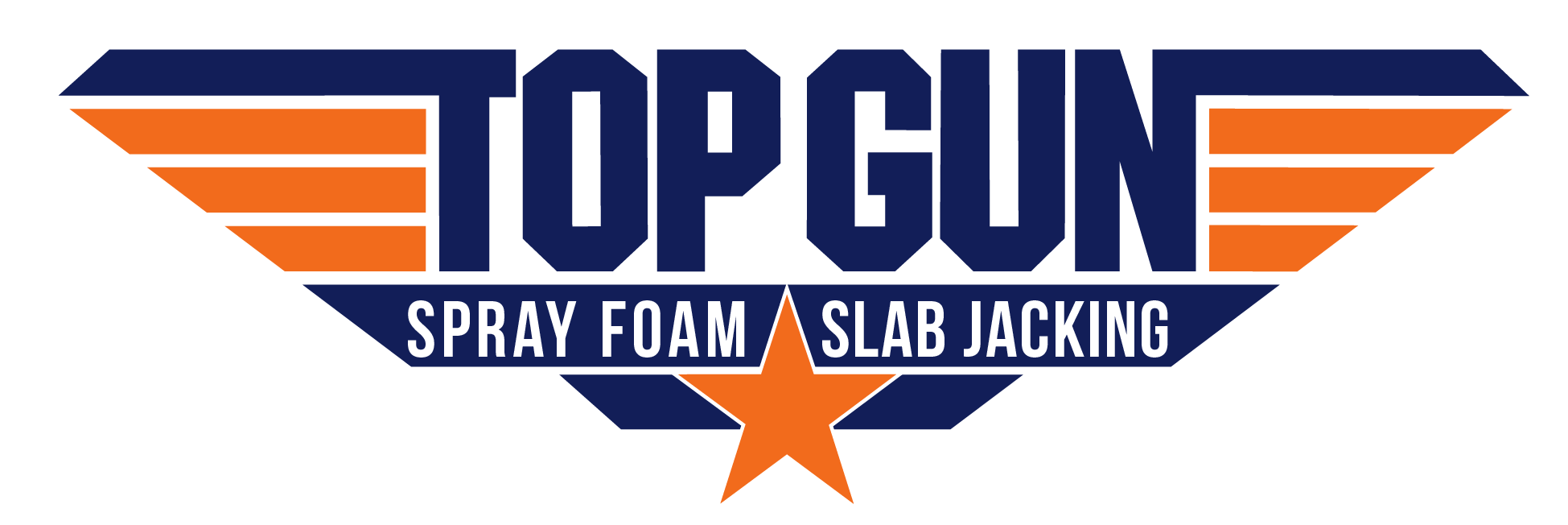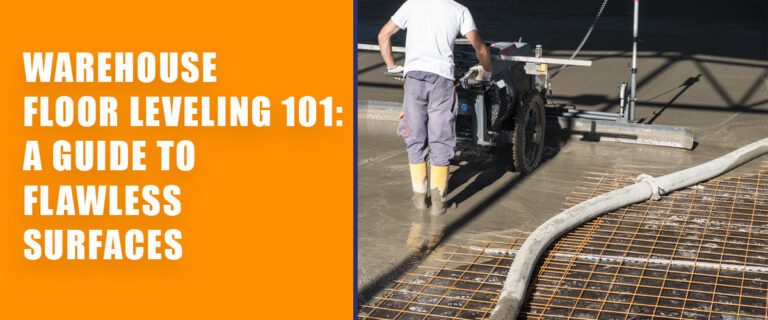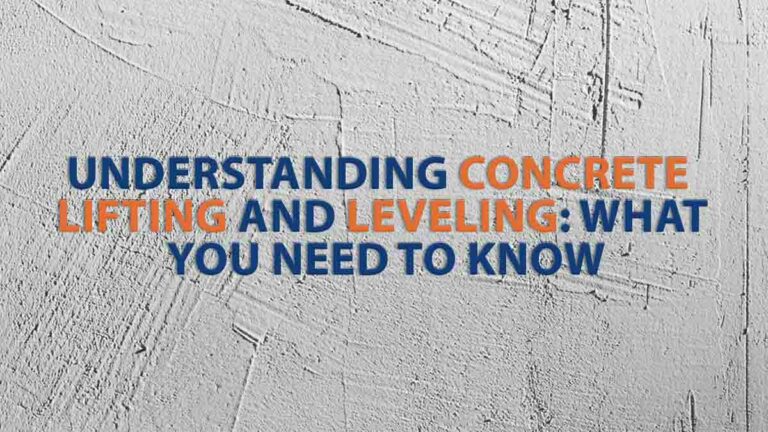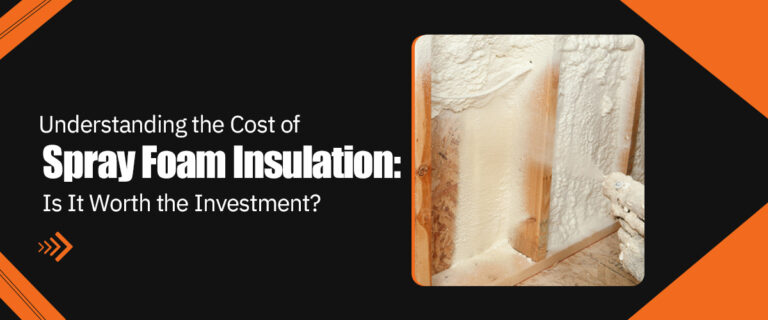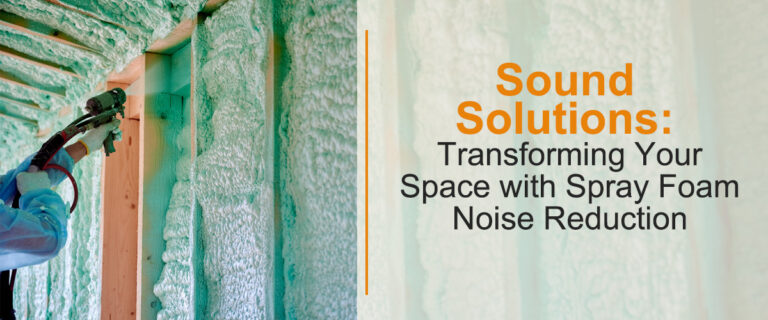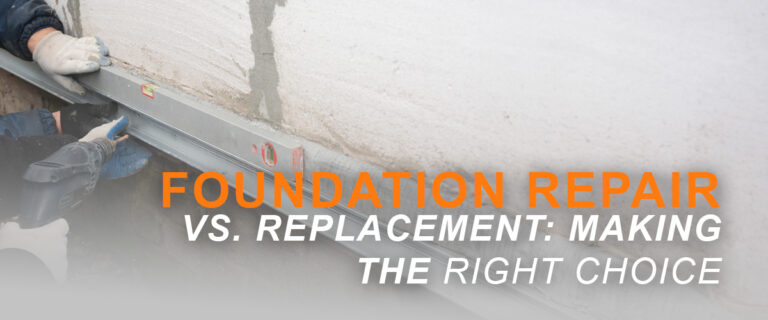How to Choose the Right Insulation Material for Your Attic
Are you ready to unlock the secret to a perfectly insulated attic? Imagine a space that effortlessly maintains a comfortable temperature year-round while reducing energy bills and leaving a smaller carbon footprint. The key lies in choosing the suitable insulation material for your attic. But with so many options available, how do you know which is the perfect fit for your home?
Meanwhile, in this article, we will embark on a journey through attic insulation, unveiling the power of selecting the ideal material to transform your attic into a haven of efficiency and comfort. Are you ready to revolutionize your home’s insulation? Let’s delve into attic insulation and find the answer together.
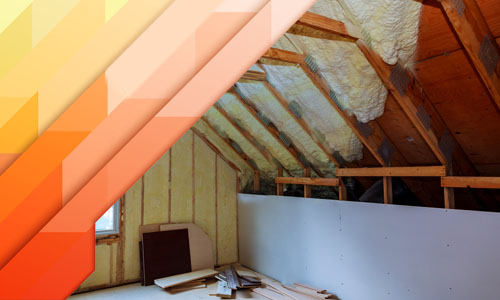
Understanding Attic Insulation
Attic insulation is crucial in maintaining home energy efficiency and thermal comfort. The main objective impedes heat transfer between the living space and the surrounding environment. This layer of insulation material acts as a barrier, minimizing the escape of warm air during colder months and preventing heat penetration during warmer periods. By reducing heat transfer, attic insulation helps to create a more stable and comfortable indoor environment while reducing the reliance on heating and cooling systems.
Why is Knowing the Attic’s R-Value Vital?
Furthermore, the R-Value can indicate its resistance to heat flow to quantify the attic insulation’s effectiveness. A higher R-Value signifies a more extraordinary ability to resist heat transfer, improving insulation performance. When considering insulation materials for your attic, it’s essential to evaluate their respective R-Values to ensure they meet the desired thermal resistance requirements for your specific climate conditions.
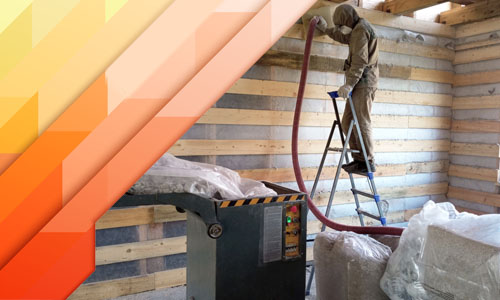
Insulation Material Types
When choosing the suitable insulation material for your attic, exploring the various options is paramount. Let’s tackle the most commonly used types below:
1. Fiberglass Insulation
One of the insulation materials frequently employed is fiberglass insulation. It consists of fine glass fibers that trap air, reducing heat conduction. Fiberglass insulation is affordable, easy to install, and provides good thermal performance. However, it may require careful handling due to its potential for skin irritation.
2. Cellulose Insulation
Cellulose insulation is an eco-friendly option made from recycled paper or plant fibers. It offers excellent thermal performance and helps reduce noise transmission. Cellulose insulation is generally more resistant to air movement compared to fiberglass. However, it can settle over time, reducing its effectiveness if not correctly installed.
3. Spray Foam Insulation
Spray foam insulation expands upon application, creating an airtight seal. It provides superior insulation by filling gaps and cracks, preventing air leakage. Spray foam insulation offers excellent energy efficiency and can help reduce moisture and mold issues. Nevertheless, it tends to carry a higher price tag than alternative insulation materials.

Factors to Consider When Choosing Insulation Material
When selecting the perfect insulation material for your attic, it’s essential to consider various factors. Considering these factors can help you align with your priorities and ensures optimal insulation performance. Here are the key factors to consider:
1. Energy Efficiency
One of the primary goals of insulation is to improve energy efficiency in your home. Look for insulation materials with high R-Values, as they provide better thermal resistance and can effectively reduce heating and cooling costs. Maximizing energy efficiency can create a more comfortable living environment while minimizing carbon footprint.
2. Environmental Impact
As sustainability becomes increasingly important, consider the environmental impact of the insulation material. Consider choosing options that utilize recycled or renewable materials. These materials contribute to a greener future and often exhibit excellent thermal properties. Choosing eco-friendly insulation can reduce your environmental footprint and create a more sustainable home.
3. Cost-Effectiveness
Evaluate the initial cost of the insulation material and consider its long-term benefits. While some materials may have a higher upfront cost, they provide more significant energy savings in the long run, resulting in cost-effectiveness over time. In addition, it is essential to conduct comprehensive research to uncover potential rebates, incentives, or tax credits that may be available for specific insulation materials. Taking advantage of these opportunities can significantly enhance the cost-effectiveness of your chosen insulation material, providing additional savings and financial benefits in the long run.
4. Installation Process
Consider the complexity of the installation process and determine whether it requires professional assistance or if you can undertake it as a do-it-yourself (DIY) project. Some insulation materials, such as fiberglass batts or rolls, are relatively straightforward to install and may be suitable for DIY enthusiasts. In contrast, spray foam insulation often requires specialized equipment and professional expertise. Assess your comfort level, skills, and available resources when determining the most appropriate insulation material for your attic.
5. Maintenance Requirements
Factor in the maintenance considerations of the insulation material. Some materials may require periodic checks or replacement over time to ensure their effectiveness. Consider the durability and longevity of the insulation and factor in any necessary maintenance tasks when deciding. Understanding the maintenance requirements upfront will help you plan and budget accordingly for the upkeep of your attic insulation.
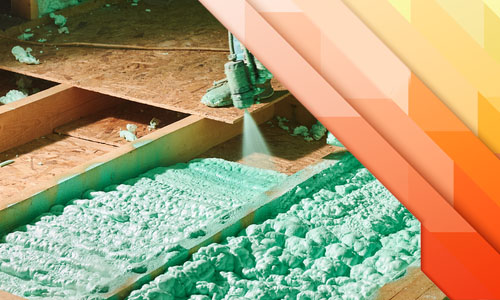
Best Practices for Choosing the Right Insulation Material
To ensure you select the most appropriate insulation material for your attic, following best practices to guide you in making an informed decision is essential. Consider the following key methods:
1. Consultation with Insulation Professionals
Engaging with insulation professionals can provide valuable insights and expertise. They can assess your attic’s needs, considering factors such as your climate and budget. These professionals can recommend insulation materials best suited to your requirements, ensuring optimal performance and energy efficiency.
2. Researching Potential Insulation Materials
Conduct thorough research on various available insulation materials. Explore their characteristics, benefits, and potential drawbacks. Consider thermal performance, environmental impact, durability, and installation requirements. By gathering comprehensive information, you can make a well-informed decision and select the insulation material that aligns with your goals and priorities.
2. Keeping in Mind Attic Requirements
When considering insulation materials, consider your attic’s unique requirements. Factors such as moisture levels, ventilation needs, and specific building codes or regulations should influence your choice of insulation material. For example, if your attic experiences high moisture levels, you may need insulation materials with moisture-resistant properties. It’s crucial to account for these requirements to ensure the insulation material you choose suits your attic’s conditions and can effectively address any potential challenges.
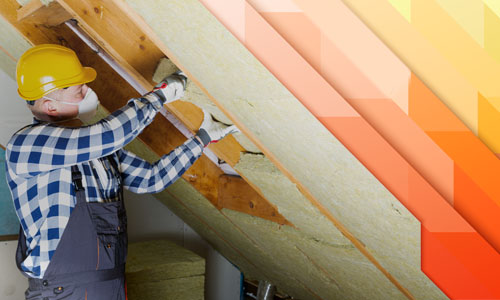
Attic Insulation: A Sustainable Home Investment!
In summary, selecting the suitable insulation material for your attic is crucial in achieving a comfortable, energy-efficient, cost-effective living environment. By comprehending the importance of attic insulation and assessing factors such as R-Value, insulation types, energy efficiency, environmental impact, cost-effectiveness, installation process, and maintenance needs, you can make an informed choice that matches your unique requirements and objectives.
Lastly, seek guidance from insulation professionals, conduct thorough research on potential materials, and consider your attic’s unique requirements to ensure optimal results. By investing in proper attic insulation, you can enjoy improved energy efficiency, reduced utility costs, and a more sustainable home that benefits your comfort and the environment. Choose wisely and embrace the advantages of a well-insulated attic for long-term comfort and savings.
